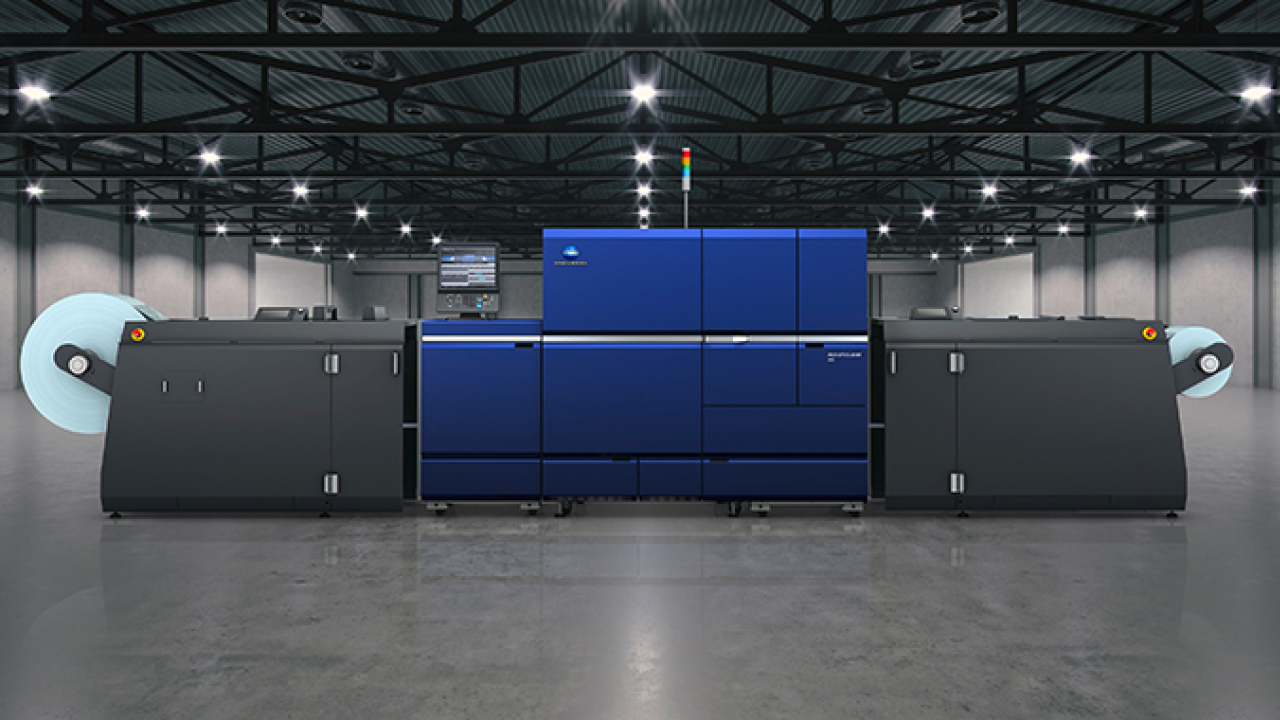Konica Minolta grabs Good Design Award
Konica Minolta’s AccurioLabel 400 high-speed toner press, planned to be officially launched next spring, has become one of five winners for the technology giant in the Good Design Awards from the Japan Institute of Design Promotion.

Having achieved unprecedented operational efficiency, the evaluation jury’s official citation stated Konica Minolta’s AccurioLabel 400 was a wonderful, finished product with excellent accessibility and operational capabilities. Large label storage areas dynamically protruding outwards on each side create a ‘light impression that is difficult to express in industrial equipment’.
The jury also referred to the design evolution from the previous model as ‘greatly changing the range of expression without hesitation’. This year, Konica Minolta has celebrated a 1,000th installation shipment for its highly successful AccurioLabel toner digital printing presses, less than seven years since entering the labels market.
Carsten Bamberg, business development manager of professional printing group at Konica Minolta Europe, said: ‘We are extremely proud to have won a Good Design Award for the AccurioLabel 400, particularly with six months to go before the official launch.
‘This first high-end model of the AccurioLabel Series has already achieved unprecedented operational efficiency even in the high-volume area. This not only minimizes time loss at printing sites, but also greatly shortens the operator training period. Especially Konica Minolta’s Intelligent Quality Care and the IQ-520 will increase usability and automation, hence label production will benefit from higher levels of control. In addition, the introduction of Konica Minolta’s first white toner will contribute to the improvement of added value of digital label printing.’
The other Good Design Awards were for Konica Minolta’s Planetarium Nagoya and Planetaria Yokohama - each featuring the introduction of Japan’s first Dynavision-LED dome system - as well as for two other products. Those were a handheld gas leak inspection system and a cassette-type digital x-ray camera.
Stay up to date
Subscribe to the free Label News newsletter and receive the latest content every week. We'll never share your email address.

